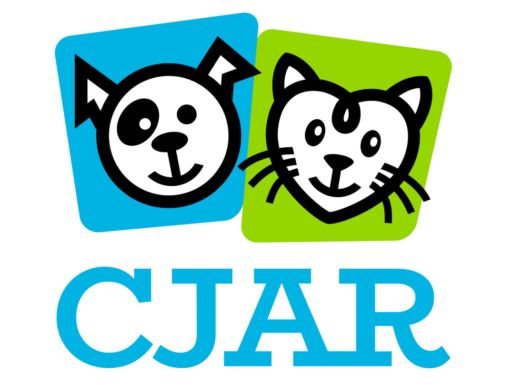Pet fostering is a temporary arrangement in which individuals or families take care of animals, typically cats or dogs, in their own homes until a permanent home can be found for them. Fostering helps provide a safe and nurturing environment for animals who may have been abandoned, surrendered, or rescued from a difficult situation.
Here’s how pet fostering generally works:
- Application Process: Interested individuals or families typically need to fill out an application and go through a screening process. This process may include an interview, reference checks and current pet vaccination information, to ensure that the foster environment is suitable for the animal.
- Matching: Once approved, foster caregivers are usually matched with animals based on their preferences, experience, and the specific needs of the animal. Training and/or resources may be provided to help foster caregivers meet the specific requirements of the animals they will be fostering.
- Bringing the Animal Home: The foster caregiver welcomes the animal into their home. They provide a safe and comfortable living space, food, water, and toys. Foster caregivers are responsible for meeting the basic needs of the animal, including feeding, exercise, grooming, and socialization.
- Time Commitment: The duration of pet fostering can vary greatly. It can range from a few days to couple months, depending on the individual animal’s needs. The Rescue will work with the foster caregiver about the expected duration of the fostering period.
- Medical Care: The Rescue covers the cost of veterinary care, including vaccinations, spaying/neutering, and any necessary medical treatments. Foster caregivers may need to bring the animal for scheduled veterinary appointments. All appointments are arranged by the Rescue.
- Socialization and Training: Foster caregivers play a vital role in providing socialization and training for the animal. This can include teaching basic commands, leash training, house training, and helping the animal become comfortable with various environments, people, and other animals.
- Adoption Process: While the animal is in foster care, the rescue actively seeks a permanent adoptive home. This may involve advertising the animal, organizing adoption events, or connecting with potential adopters. Foster caregivers may be involved in the adoption process, such as providing information about the animal’s behavior and preferences to prospective adopters.
- Transition to a Permanent Home: Once a suitable adoptive home is found, the animal is transferred from the foster caregiver to the new owner. Foster caregivers often feel a sense of fulfillment and joy in seeing the animal they cared for finding a loving and permanent home.
By providing a temporary home for animals in need, foster caregivers contribute to their well-being, rehabilitation, and chances of finding a forever family. Pet fostering is a rewarding experience that allows individuals to make a positive impact on the lives of animals and helps alleviate the strain on overcrowded shelters.
Partially created using ChatGPT


